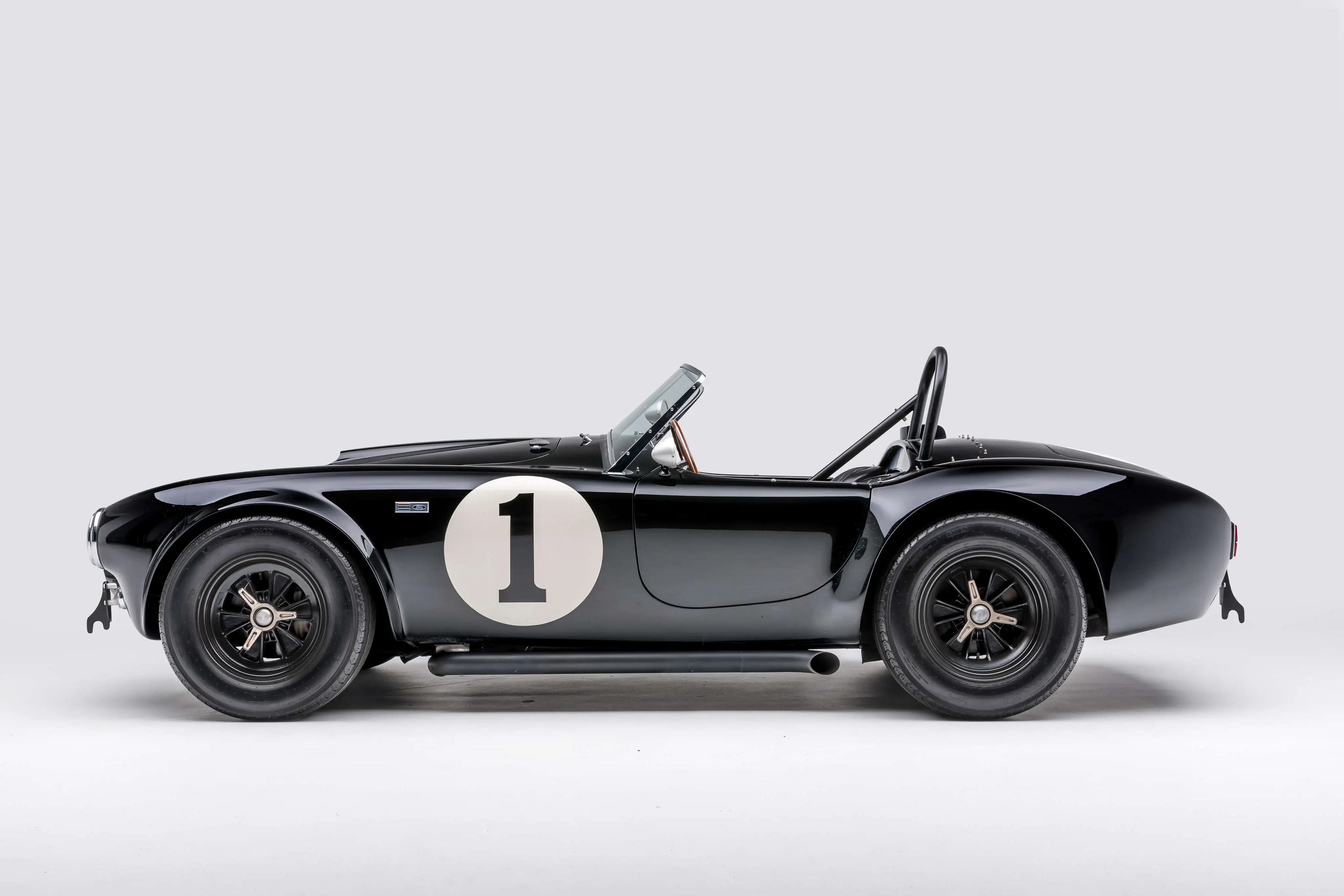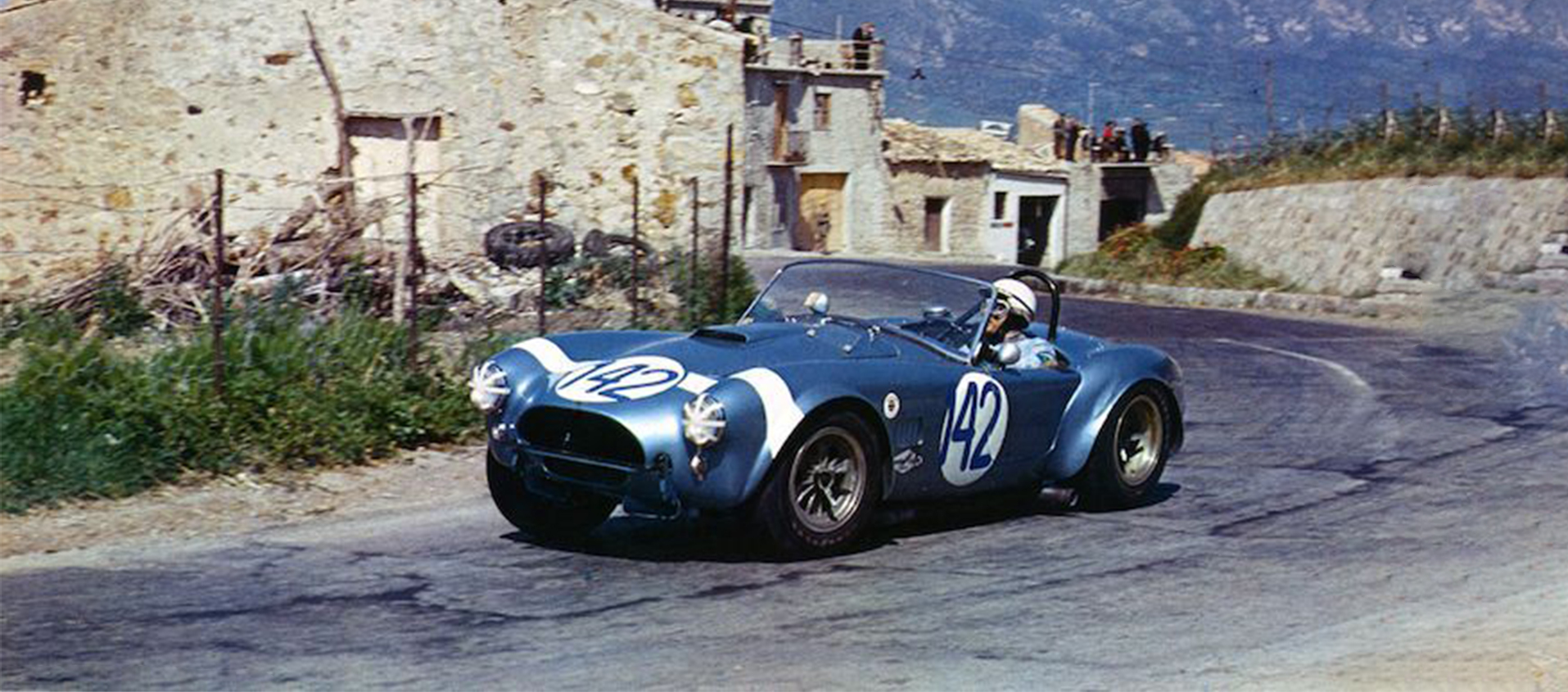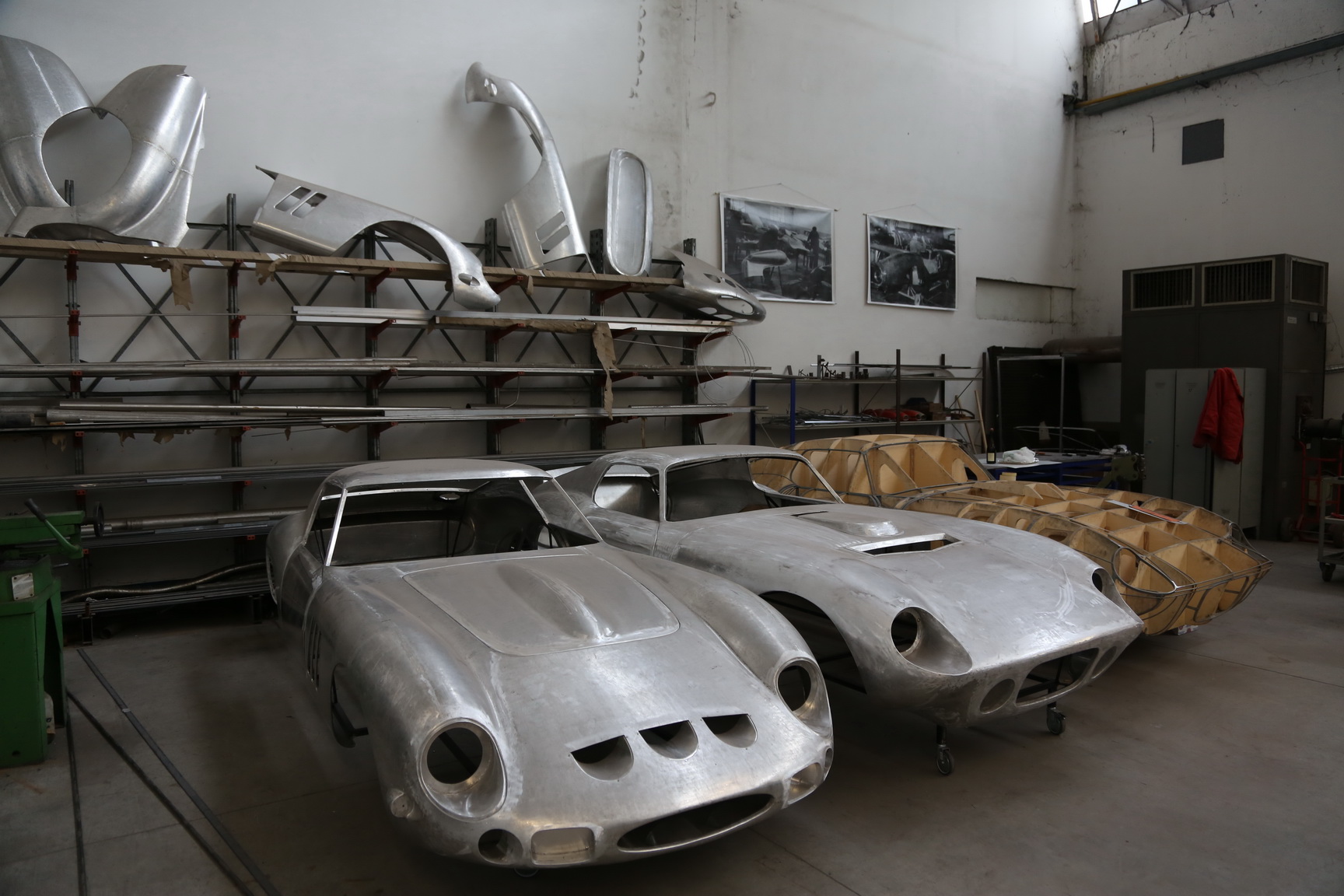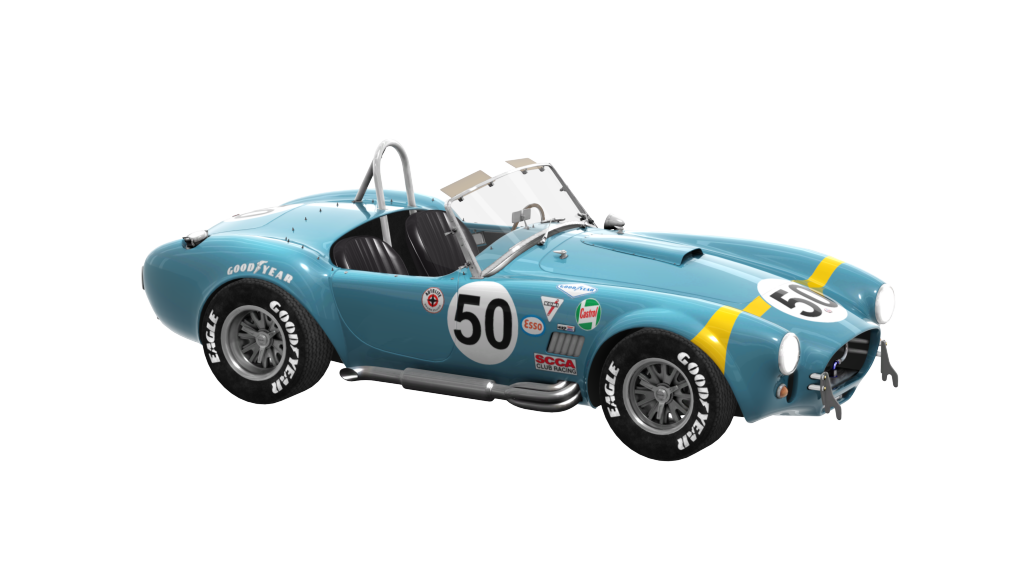Cobra. Carroll Shelby's masterpiece
04 November 2023 3 min read 5 images

Photo credit: Wheelsage
Why. The Cobra, also known as the Ford Cobra or, more accurately, the Shelby Cobra, was born from the dream of creating an American car, driven by Americans, capable of challenging the European giants in Gran Turismo and Sports car racing, such as Jaguar, Aston Martin, and Ferrari, to name a few. And, perhaps, even beating them.
Register to unlock this article
Signing up is free and gives you access to hundreds of articles and additional benefits. See what’s included in your free membership. See what's included in your free membership.
Already have an account? Log In



